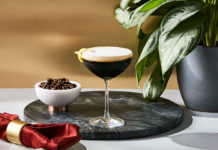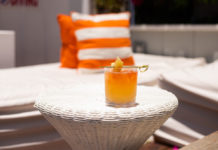Over the last year and a half, COVID-19 changed the bar design with the necessary implementation of partitions, social distancing, takeout/delivery workflows.
Now that we’re hopefully coming out of the pandemic and restrictions have been lifted, the partitions are coming down, and the tables are closer together.
But are there some pandemic design trends that bar/restaurant owners should keep around? And how can owners continue to combine safety and design?
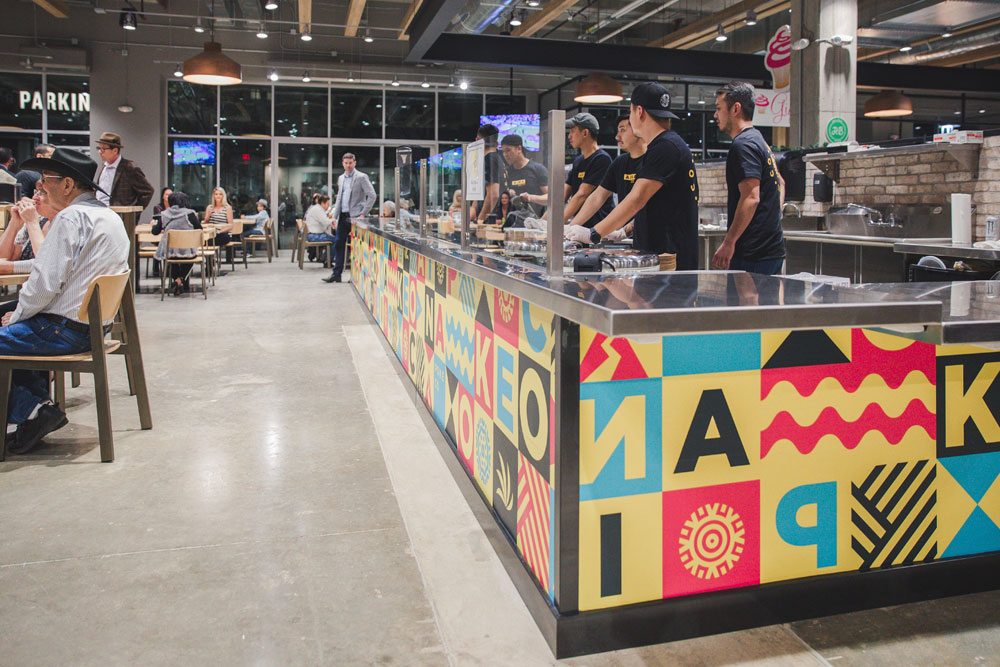
Bar Business spoke with Yuwen Peng, AIA, LEED AP, BD+C, Associate Principal, and Kevin Horn, LEED GA, Principal at CallisonRTKL, a global architecture, planning, and design firm, about how bar design has changed and where it’s headed in the future.
Bar Business (BB): How has CRTKL found ways to combine aesthetic with safety in the design of bars/restaurants?
CRTKL: Over the last year, many restaurants, bars, and food halls have adapted their design to ensure that their staff and customers stay safe. Large partitions, distanced dining, sanitization stations, and outdoor tables are just a few of the many design changes that the food and beverage industry implemented over the past year. While these safety protocols have helped improve dining health and safety standards, they don’t always offer an elevated or engaging feel to the overall dining experience. Now that COVID-19 restrictions have eased up throughout the nation, our design teams are curating spaces that amplify the guest experience by seamlessly integrating design strategies from our various practice groups including hospitality and retail. Cross-market influences allow us to pull in touchpoints that are traditionally not seen in the food and beverage industry—allowing guests to immerse themselves in something safe and new.
BB: Flexibility and adaptability have become important given the ever-changing COVID-19 regulations. How do you ensure a design is flexible and can be adapted to not only meet new regulations, but also change when those regulations expire?
CRTKL: Without a doubt, the pandemic changed the way designers create spaces across all industries. One thing we’ve all had to do is learn how to create spaces that are flexible and can withstand the test of time. However, the single most important aspect in any restaurant or bar design is the kitchen. The pandemic accelerated carry-out and meal delivery services — giving kitchens more purpose than ever before. Our team is designing kitchens that cater to the increased demand for take-out throughout all hours of the day. Ghost kitchens have become increasingly popular as well, and we are making sure that every kitchen in our hands is properly prepared to cater to consumer trends and demands.
BB: CRTKL recently designed the new food hall HomePark Chengdu. How did you work safety into the design of this space?
CRTKL: Through strategic design choices, the post-pandemic restaurant environment has the potential to be safer and more profitable than it ever has been before. HomePark Chengdu reflects the contemporary era we live in, using intentional design elements to make the food hall appealing to guests who want to safely experience the history of Chengdu and its food. The design of HomePark is a journey into the local culture and farm-to-table history of the community. At HomePark Chengdu, we have integrated a permanent customer pick-up counter. Guests can order online and pick up directly at one of the on-site lockers using a unique digital code that is sent to them at the time of purchase. This ensures that each customer receives their order with the peace of mind that it was securely stowed away and not vulnerable to airborne pathogens.
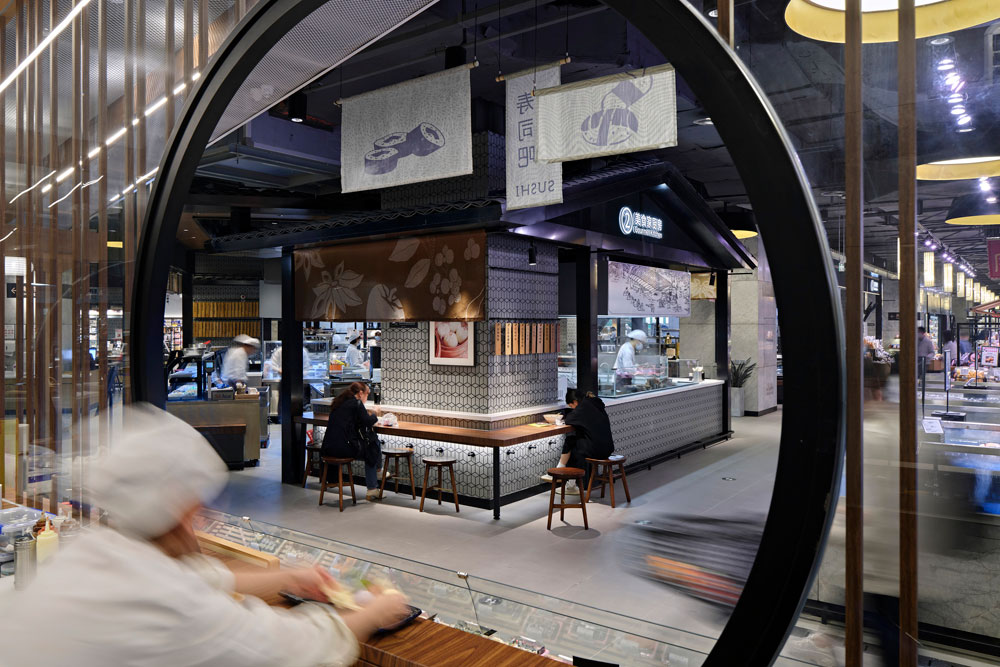
BB: Do you foresee any of the design changes made due to the spread of COVID-19—partitions, distanced dining, etc.—sticking around after the pandemic?
CRTKL: Design changes such as plexiglass partitions and distanced dining might not be here to stay as they were temporary solutions to the specific dangers presented by the COVID-19 crisis. However, we do expect restaurants and bars to continue to make the most out of outdoor dining.
Outdoor patios have allowed restaurants to accommodate more patrons in a manner that does not feel overly cramped and impersonal. Additionally, having designated indoor dining versus al fresco dining offers guests two unique ambiances, either looking to have a more private intimate setting or a more casual and social one. Moving forward, cities will need to delve deeper into planning and codes to allow for this outdoor activity to happen on a more consistent basis in our post-COVID world. Especially in the cities that experience all four seasons, our job as designers will be to reimagine what outdoor dining looks like during frigid weather conditions. Adapting to this style of dining will be part of our new normal. We believe that this flexibility will play a huge role in renovations and new builds in the future. We will see building typologies that are universal and adaptable. Through movable walls, adjustable lighting, and flexible furniture, spaces can be easily transformed to serve another purpose.
BB: Have you observed any recent design trends in bars/restaurants?
CRTKL: There are a couple of recent design trends in the bar and restaurant industry, but the most noticeable one is creating customer-centric experiences. Elevating the guest experience has always been at the forefront of almost every industry, but the pandemic has certainly taken CX to a new level. It is so important to make all guests feel welcome and safe, even post-pandemic.
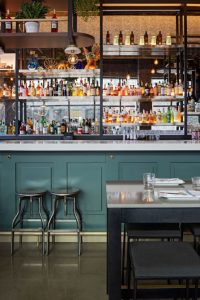
Another trend that we have observed is the rise of the subculture — we will see an increased emphasis on innovative food and on authentic food. We are finally seeing a lot more diversity in food, as well as in the design of spaces and how it ties back to the customer experience.
Lastly, the rise of ghost kitchens has undoubtedly taken off, and we can expect to see more restaurants branch out and create virtual kitchens that offer a variety of cuisines.
All of the challenges that we have experienced throughout the pandemic have led to innovation and have allowed us as designers to think in new ways.


